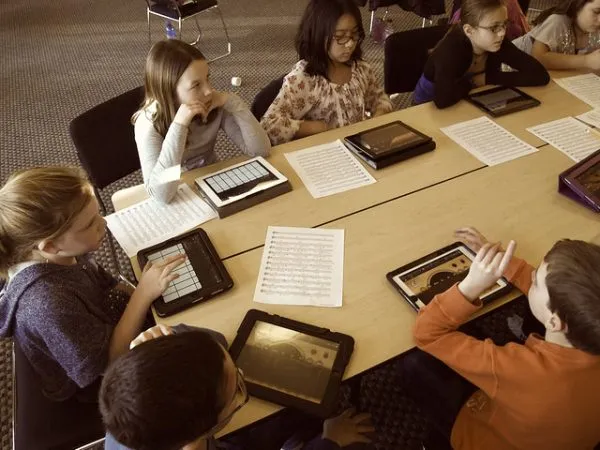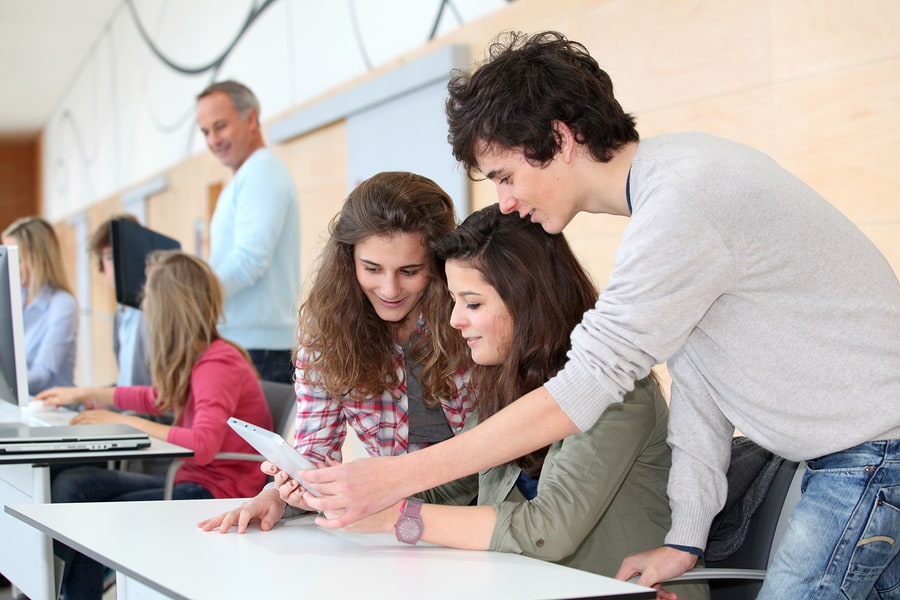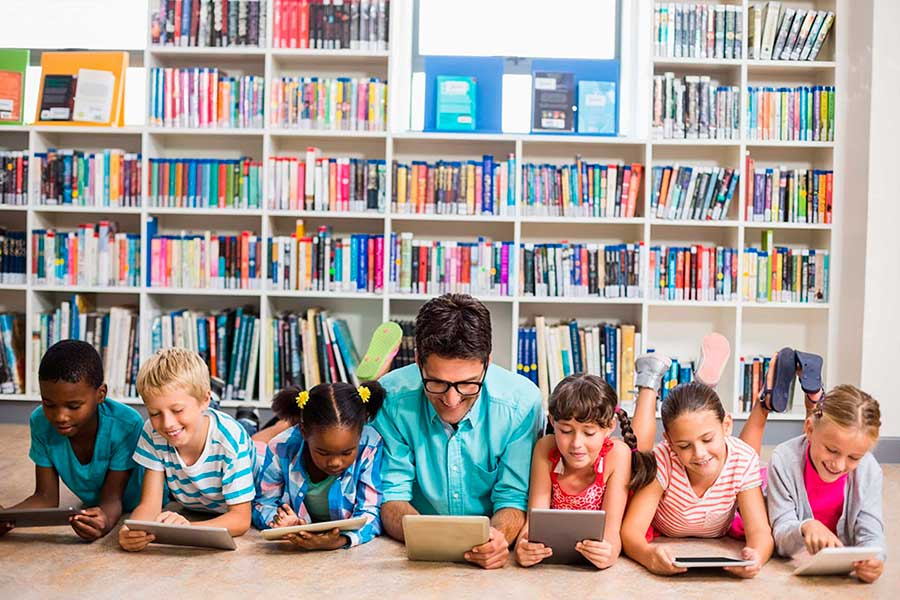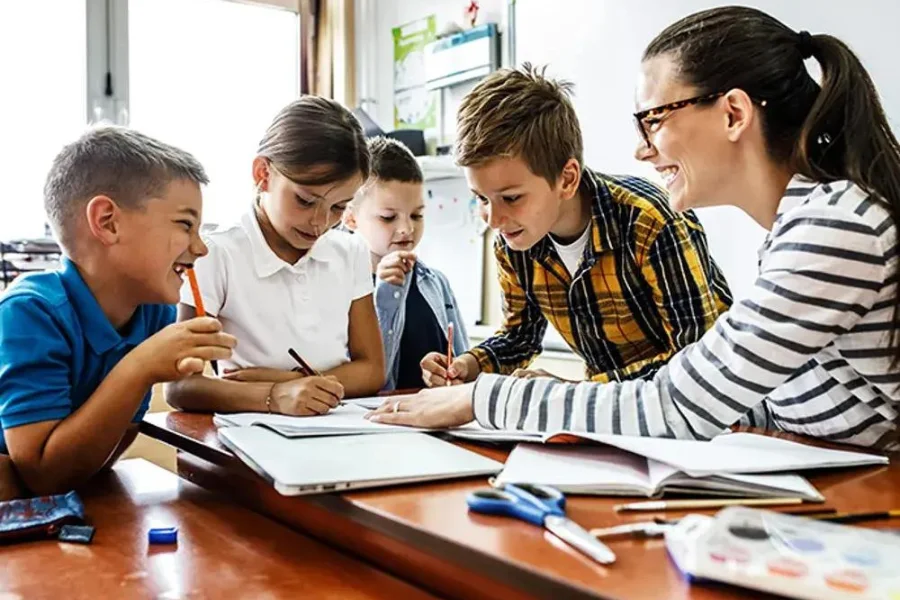Pittsburgh, once the steel capital of the United States, has undergone a remarkable transformation over the years to emerge as a tech-forward city with a focus on innovation and education. Its industrial past laid the groundwork for a culture of creativity, engineering, and problem-solving that now inspires the city’s schools to adopt forward-thinking approaches to learning. Among these advancements, 3D printing has become a standout technology, offering a hands-on, sustainable, and engaging way to prepare students for the future.
Here’s how Pittsburgh schools are using 3D printers to revolutionize the classroom, turning even paperless classrooms into hubs of creativity and innovation.
The Shift Toward 3D Printing Technology
3D printing, or additive manufacturing, allows the creation of physical objects by layering material based on a digital blueprint. Once considered cutting-edge, this technology is increasingly accessible, enabling Pittsburgh schools to integrate it into their curriculums. Whether it’s building model bridges for STEM projects or designing prototypes in art classes, 3D printing is enhancing learning through real-world applications.
This shift represents more than just a technological upgrade; it addresses sustainable education goals. By reducing dependency on physical textbooks and materials like paper and plastic, schools in Pittsburgh are aligning with broader environmental initiatives.
Why 3D Printing Fits Pittsburgh’s Educational Environment
- A Legacy of Innovation
Pittsburgh’s evolution from steel city to tech hub has cultivated a community that values ingenuity. Home to institutions like Carnegie Mellon University and thriving tech startups, the city has a robust ecosystem that embraces emerging tools like 3D printing.
Schools in Pittsburgh benefit from this culture of innovation. By integrating state-of-the-art technology into classrooms, educators create a direct link between learning and the industries defining the city’s future.

- Hands-On Learning for All Ages
Learning through doing is at the core of 3D printing’s appeal. Unlike traditional, lecture-based teaching methods, 3D printing allows students to bring their ideas to life. Imagine a middle school student creating a topographical map of Pittsburgh’s landscape or a high school class designing medical device prototypes.
These tangible outcomes make abstract concepts easier to grasp, especially in science, technology, engineering, arts, and math (STEAM) subjects. Pittsburgh schools are adopting 3D printing not just as an optional tool but as an integral part of lessons across various disciplines.
- Connecting Students to Future Careers
3D printing exposes students to skills that are highly sought after in today’s job market. From engineering and healthcare to product design and architecture, industries are incorporating 3D technology at an accelerating pace. By introducing this tool into classrooms, Pittsburgh educators are building a pipeline of skilled students ready to fill these roles in the future.
With Pittsburgh’s growth as a center for robotics and manufacturing, 3D printers prepare students to join industries that thrive locally, ensuring they remain competitive in a global workforce.
The Benefits of 3D Printing
- Promoting Sustainability
Many Pittsburgh schools have already embraced the paperless movement, trading disposable materials for digital alternatives. By introducing 3D printers, they’re further reducing waste while offering more durable, reusable learning tools. Instead of printing worksheets, students now print 3D models that can be disassembled and repurposed.
- Fostering Creativity
3D printing encourages students to experiment, solve problems, and make mistakes without fear. It provides a sandbox for creativity, giving students limitless possibilities to design and innovate. This is particularly fitting for Pittsburgh, where STEAM programs emphasize the intersection of art and science.
- Collaboration and Teamwork
Designing for 3D printing often involves group projects, motivating students to work collaboratively. From conceptualizing designs to troubleshooting the printing process, students develop teamwork and communication skills, preparing them for collaborative work environments in the real world.
Final Thoughts
3D printing has elevated Pittsburgh’s transformation from its industrial roots to its status as a hub of innovation. By integrating this technology into classrooms, schools are nurturing future generations of creators, problem-solvers, and forward-thinkers.
For students in Pittsburgh, learning with a 3D printer isn’t just a novelty; it’s a stepping stone to real-world success, sustainability, and the industries shaping their city’s future. 3D printers are proving that paperless schools don’t just reduce waste—they redefine the possibilities of education.




